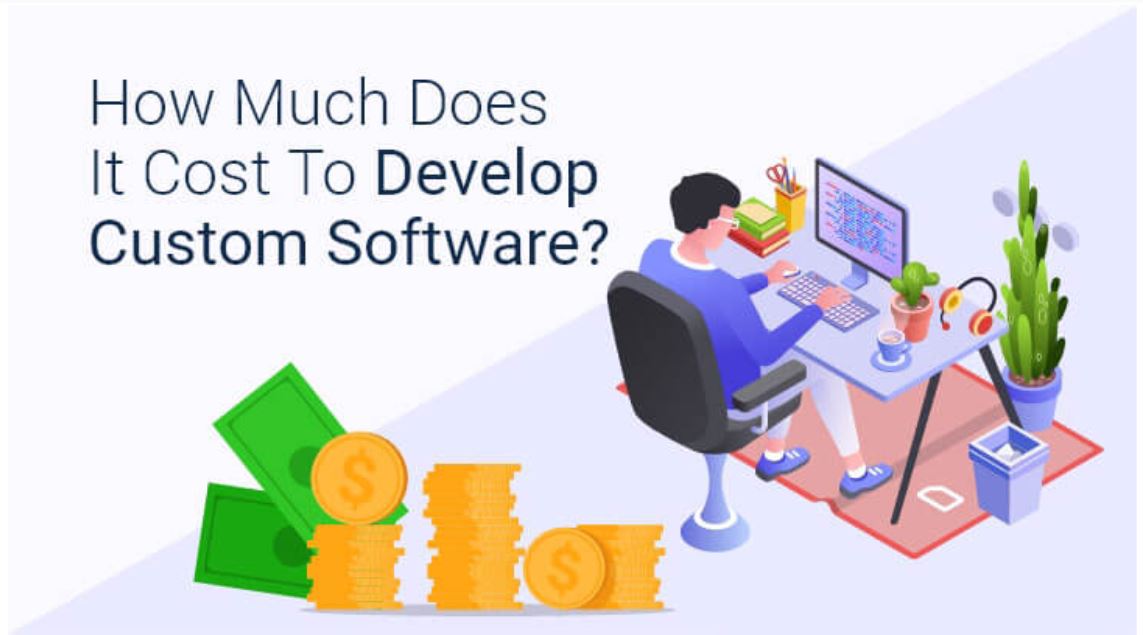Understanding the WhatsApp Business API
The complexity of managing customer communications can overwhelm businesses, particularly when scaling operations while maintaining a personal touch. The WhatsApp Business API offers a solution, providing a robust platform for automating messages, creating interactive customer experiences, and integrating with existing systems. However, many businesses struggle with the intricacies of setting it up and leveraging its full potential. This guide will navigate through the essential aspects of the WhatsApp Business API, providing actionable solutions to common pain points.
Defining Key Terms
Understanding key terminology is crucial for effectively using the WhatsApp Business API. Here are some critical terms:
WhatsApp Business Account: A verified account that allows businesses to communicate with their customers through the WhatsApp platform. It’s the foundation of any interaction using the API.
API (Application Programming Interface): A set of protocols that allows different software applications to communicate with each other. In the context of WhatsApp, it enables businesses to send and receive messages programmatically.
Webhook: A user-defined HTTP callback that triggers events in real-time, allowing businesses to receive updates from WhatsApp when messages are delivered, read, or received.
Understanding these terms not only facilitates smoother implementation but also helps businesses make informed decisions about their communication strategies.
Setting Up the WhatsApp Business API
The setup process can be daunting, but breaking it down into manageable steps simplifies the journey. Here’s how to get started effectively.
1. Choosing the Right Provider
The WhatsApp Business API can be accessed through various Business Solution Providers (BSPs) like Twilio, MessageBird, or 360dialog. Each provider offers varying levels of support, pricing models, and features. A key consideration is the volume of messages you expect to handle. For instance, Twilio provides a straightforward pay-as-you-go model which is beneficial for startups that may not have high traffic initially.
2. Account Verification
Once you select a BSP, the next step is account verification. This process involves submitting your business information and phone number to WhatsApp for review. Ensure your business complies with WhatsApp’s policies, as non-compliance can lead to rejection. A common issue here is the verification email ending up in spam folders, so check those regularly to avoid delays.
3. Accessing the API
After verification, you will receive API credentials. These include the API key and the phone number ID which are vital for authenticating your requests. For example, if you are using Twilio, your API configuration might look something like this:
“`python
import requests
url = “https://api.twilio.com/2010-04-01/Accounts/your_account_sid/Messages.json”
payload = {
‘From’: ‘whatsapp:+your_twilio_number’,
‘To’: ‘whatsapp:+customer_number’,
‘Body’: ‘Hello, this is a test message!’
}
headers = {
‘Authorization’: ‘Basic your_base64_encoded_credentials’
}
response = requests.post(url, data=payload, headers=headers)
print(response.json())
“`
This snippet demonstrates how to send a simple message using Python and the Twilio API.
Creating Interactive Customer Experiences
One of the standout features of the WhatsApp Business API is its capability to create interactive experiences through rich media and templates.
Using Message Templates
Message templates are pre-approved messages that can be sent to customers. They are essential for initiating conversations or sending notifications. To create a message template, go to your BSP dashboard, navigate to the template section, and submit your template for approval. A common challenge is getting templates approved due to non-compliance with WhatsApp guidelines. Ensure your templates are concise, relevant, and not promotional in nature.
Rich Media Messages
Rich media messages allow businesses to include images, videos, and documents in their communications, enhancing customer engagement. For instance, sending product images or user guides can substantially increase customer interaction rates. According to a study by WhatsApp, messages with images have a 60% higher engagement rate than text-only messages.
Here’s how to send a rich media message using Twilio:
“`python
payload = {
‘From’: ‘whatsapp:+your_twilio_number’,
‘To’: ‘whatsapp:+customer_number’,
‘MediaUrl’: ‘https://example.com/image.jpg’,
‘Body’: ‘Check out this product!’
}
response = requests.post(url, data=payload, headers=headers)
“`
Integration with Existing Systems
Integrating the WhatsApp Business API with your existing CRM or e-commerce platform can streamline operations and improve customer service.
Using Webhooks for Real-Time Updates
Setting up webhooks allows your application to receive real-time notifications about message states (sent, delivered, read). This is invaluable for tracking customer interactions. To set up a webhook, you need to provide a publicly accessible URL to your BSP. Ensure your server can handle HTTPS requests.
“`json
{
“object”: “whatsapp_business_account”,
“entry”: [
{
“id”: “your_business_id”,
“changes”: [
{
“value”: {
“messages”: [
{
“from”: “whatsapp:+customer_number”,
“id”: “message_id”,
“status”: “read”
}
]
},
“field”: “messages”
}
]
}
]
}
“`
This JSON snippet describes the structure of the webhook payload you will receive when a message is read.
Case Study: Improving Customer Response Times
Consider a retail business that integrated WhatsApp into its customer service strategy. By using the API to automate responses to frequently asked questions and sending proactive notifications about order statuses, the business reduced its average response time from 24 hours to just 5 minutes. This increase in efficiency led to a 30% boost in customer satisfaction ratings according to post-interaction surveys.
Handling Challenges and Errors
Working with an API can sometimes lead to unexpected challenges. Understanding common error messages and their resolutions can save time and frustration.
Common Error Messages
– **Error 400: Bad Request** – This typically occurs when the API request is improperly formatted. Check your JSON structure and required parameters.
– **Error 401: Unauthorized** – Ensure your API key is correctly set up in your headers. Double-check the base64 encoding if you are using Basic Authentication.
– **Error 403: Forbidden** – This can happen if your account is not approved yet or if you are trying to send messages to users who have not opted in.
Getting familiar with these errors and their resolutions can drastically reduce downtime when issues arise.
Recent Industry Changes and Their Impact
Updates to the WhatsApp Business API in 2023 have changed how businesses can engage with customers. Notably, the introduction of the Click-to-Chat feature simplifies the process of starting conversations with customers. By embedding a link that opens a WhatsApp chat directly, businesses can reduce friction in customer interactions.
Additionally, following the recent updates regarding privacy and data security, businesses must ensure compliance with the new regulations regarding customer data. This includes obtaining explicit consent from users before sending promotional messages. Non-compliance can result in account suspension or bans.
Conclusion
Navigating the complexities of the WhatsApp Business API can feel overwhelming, but with the right approach, it can become an invaluable tool for enhancing customer communication and satisfaction. By choosing the right BSP, leveraging message templates, integrating with existing systems, and staying informed about recent changes, businesses can effectively overcome common challenges. Implementing these strategies not only streamlines operations but also fosters meaningful interactions with customers, ultimately driving growth and loyalty.



